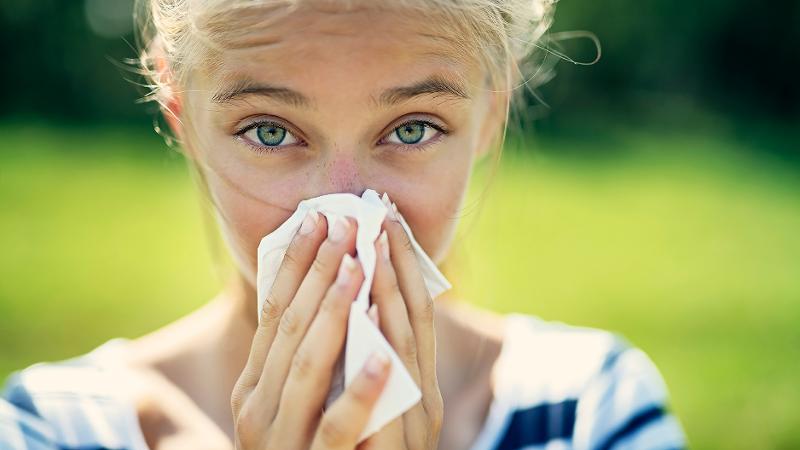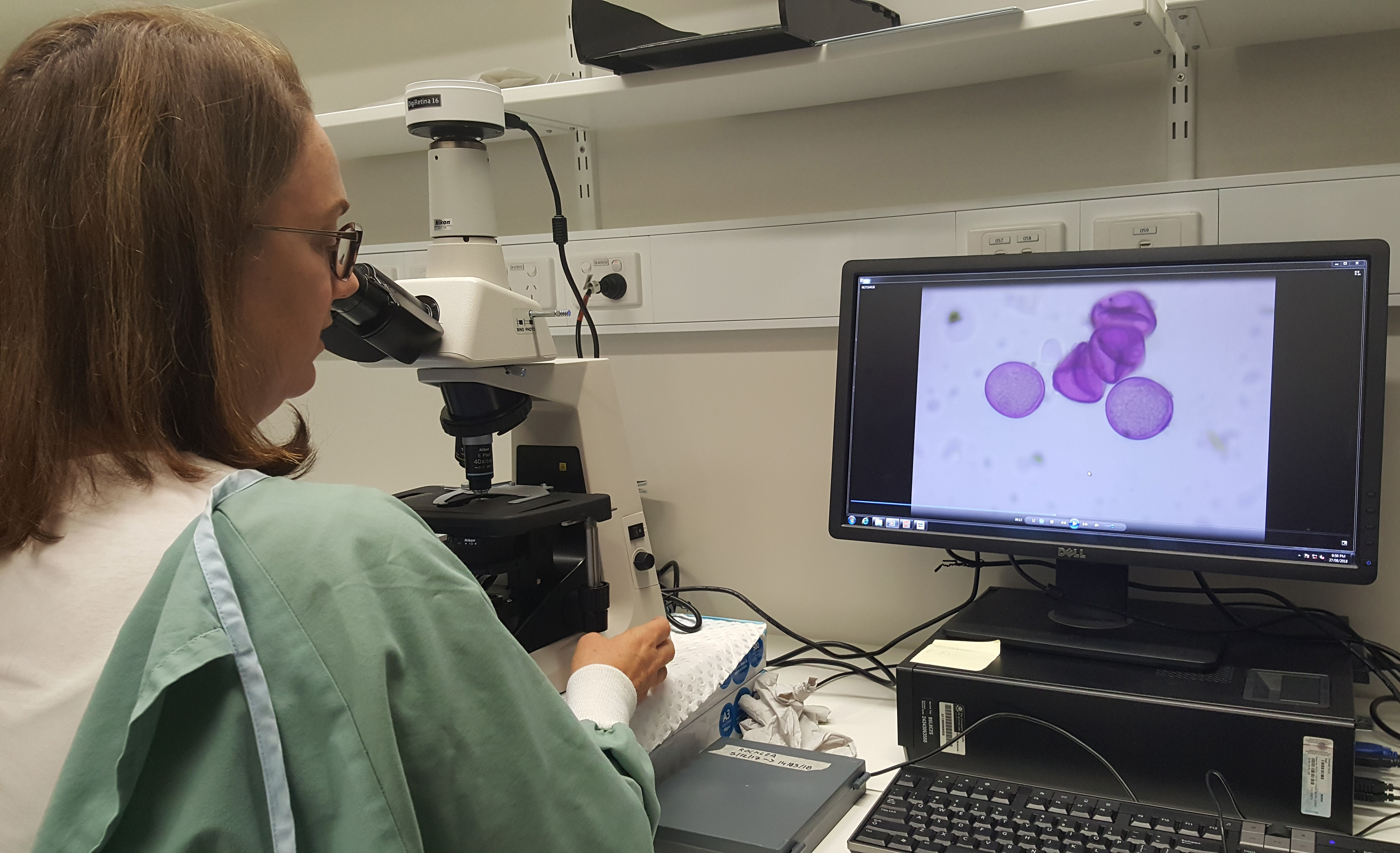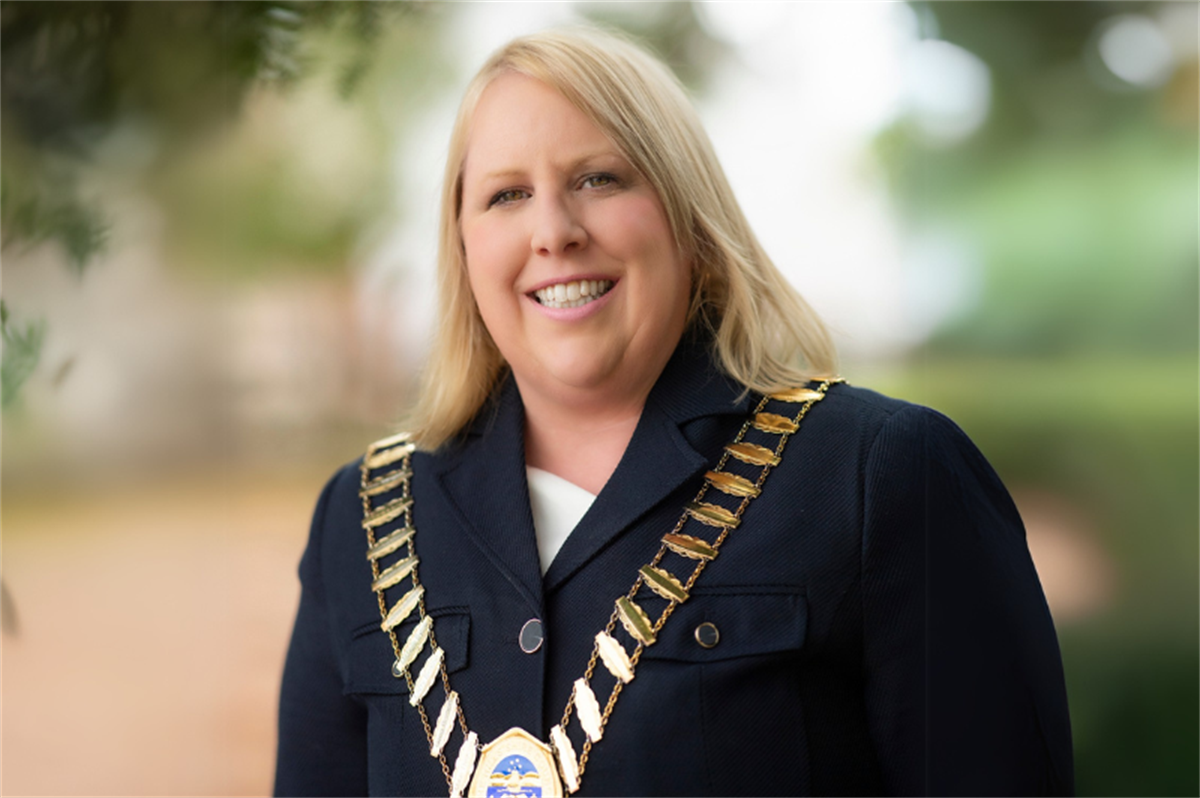
The annual Brisbane Pollen forecast provided by QUT researchers has begun, giving people who suffer hayfever and seasonal asthma valuable information to help them manage their exposure to problematic grass pollens.
- Forecasts and daily pollen concentrations are available via a free smartphone app and on the website
- Pollens from flowering grasses contain a variety of allergens and are the major outdoor trigger of hayfever and allergic asthma. Subtropical grasses, such as Bahia and Bermuda, are most prominent in the Brisbane region.
- Brisbane Pollen is part of the Australia-wide ³Ô¹ÏÍøÕ¾ Health and Medical Research Council-funded , set up to provide accurate and localised information on pollen concentrations and forecasts.
- A published in the journal Aerobiologia found that people consider the localised information useful for planning their day-to-day activities to minimise pollen exposure and manage their symptoms during peaks.
Leader of the AusPollen Partnership and of QUT’s , Professor Janet Davies, said due to the very dry weather in Queensland’s south-east in the past few months, it will be a “slow and low” start to the Brisbane grass pollen reporting season.
“We could expect pollen levels to be low initially, with peaks possibly starting around January, depending on the summer rainfall,” she said. “The season could again be a long one, extending through into May.
“We monitor grass pollens all year round and our research shows that the Brisbane season has been getting longer since the 1990s.
“Around Australia, there are indications that local pollen seasons are getting longer, with higher pollen levels, and in some areas there is a shift in where grasses with allergenic pollens are flowering. These are things we plan to study long-term.”
For the Brisbane Pollen monitoring, site samples are collected daily by the research team from the pollen trap at the Queensland Government Department of Environment and Science air quality monitoring station at Rocklea, on Brisbane’s southside. These samples are analysed in the laboratory to provide a measurement of grass pollens per cubic metre of air.
The information is then combined with weather information and data from the NASA-US Geological Survey Landsat satellite and NASA’s Terra satellite MODIS to provide a forecast on a scale from low to extreme.

This year Adelaide joined the AusPollen sites providing local information to the public, and Perth will begin soon. AusPollen sites are also now included in the .
Professor Davies said her research term was continuing to gather data from Rocklea and pollen monitoring sites at Prince Charles Hospital in Brisbane, Mutdapilly near Ipswich, and a new site at Warwick Hospital, and also from phenology cameras at Rocklea and Mutdapilly. These cameras, set up in collaboration with Professor Alfredo Huete from University of Technology Sydney in an ARC-funded project, take time-lapse photographs of grass growth and flowering.
“The research is ensuring the information we provide to the public is evidence-based, accurate and reliable, so that people can be forewarned and take protective measures when the pollen levels are forecast to be high or extreme,” Professor Davies said.
Tips for allergy sufferers to keep safe in grass pollen season:
- When pollen levels are high, minimise exposure by avoiding being outside, keeping home and car windows closed.
- Take preventative medications, such as antihistamines and steroid nasal sprays.
- If you have asthma, make sure you have an up-to-date asthma plan and medications close by.
- If you experience severe hayfever symptoms, cough, tight chest, breathlessness or a wheeze seek medical attention as you may have undiagnosed asthma.







